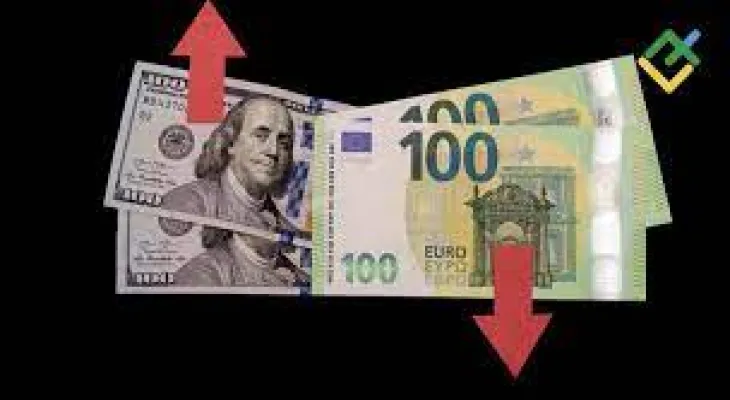Search here
Newspaper
Search here

Arab Canada News
News

Published: August 24, 2022
The dollar regained some of the losses caused by the release of data today Wednesday and has risen recently, while the euro remained under pressure amid growing fears of a recession fueled by a potential energy supply crisis.
The dollar caught its breath after disappointing surveys in the US services and manufacturing sectors revealed yesterday, Tuesday, along with a decline in new home sales. This comes after a rally that pushed the US currency to its strongest level against the euro in 20 years.
But Europe has its own growth concerns stemming from its greater exposure to Russian gas supplies as the region seeks to refill stockpiles before winter.
Russian energy company Gazprom said on Friday that Russia will halt natural gas supplies to Europe for three days via the Nord Stream 1 pipeline due to maintenance work.
The euro briefly touched one dollar yesterday, Tuesday, but returned under pressure to 0.9950 dollars in early European trading, slightly above yesterday’s low of 0.99005 dollars.
Simon Harvey, chief foreign exchange analyst at Monex Europe, said, "It is very difficult for the market to push the euro above parity," attributing this to concerns about energy supplies in Europe and the likelihood of a hawkish tone from the Federal Reserve at the Jackson Hole meeting on Friday.
The dollar index, which measures the performance of the US currency against a basket of six currencies, rose 0.1 percent to 108.66, approaching the 20-year peak recorded in July at 109.29.
Meanwhile, economically sensitive currencies, such as the Australian and New Zealand dollars, faced pressure amid concerns about slowing global growth.
The Australian dollar fell 0.15 percent to 0.6920 dollars, and its New Zealand counterpart declined 0.23 percent to 0.6199 dollars.
The pound hovered above the two-and-a-half-year low of 1.1718 dollars recorded yesterday, Tuesday, while the Japanese yen rose 0.2 percent to 136.48 per dollar.
Comments